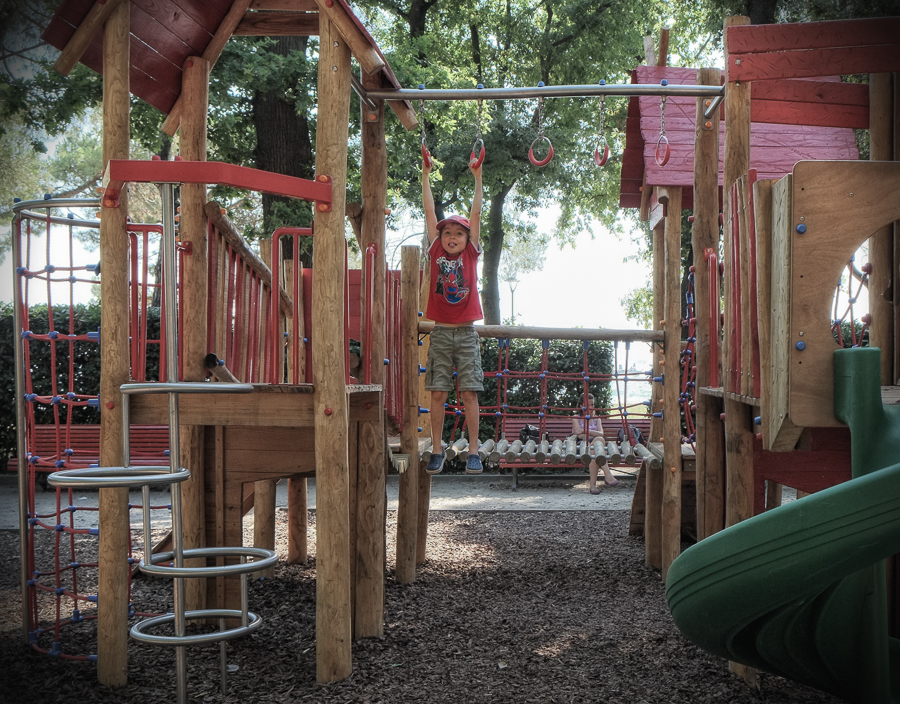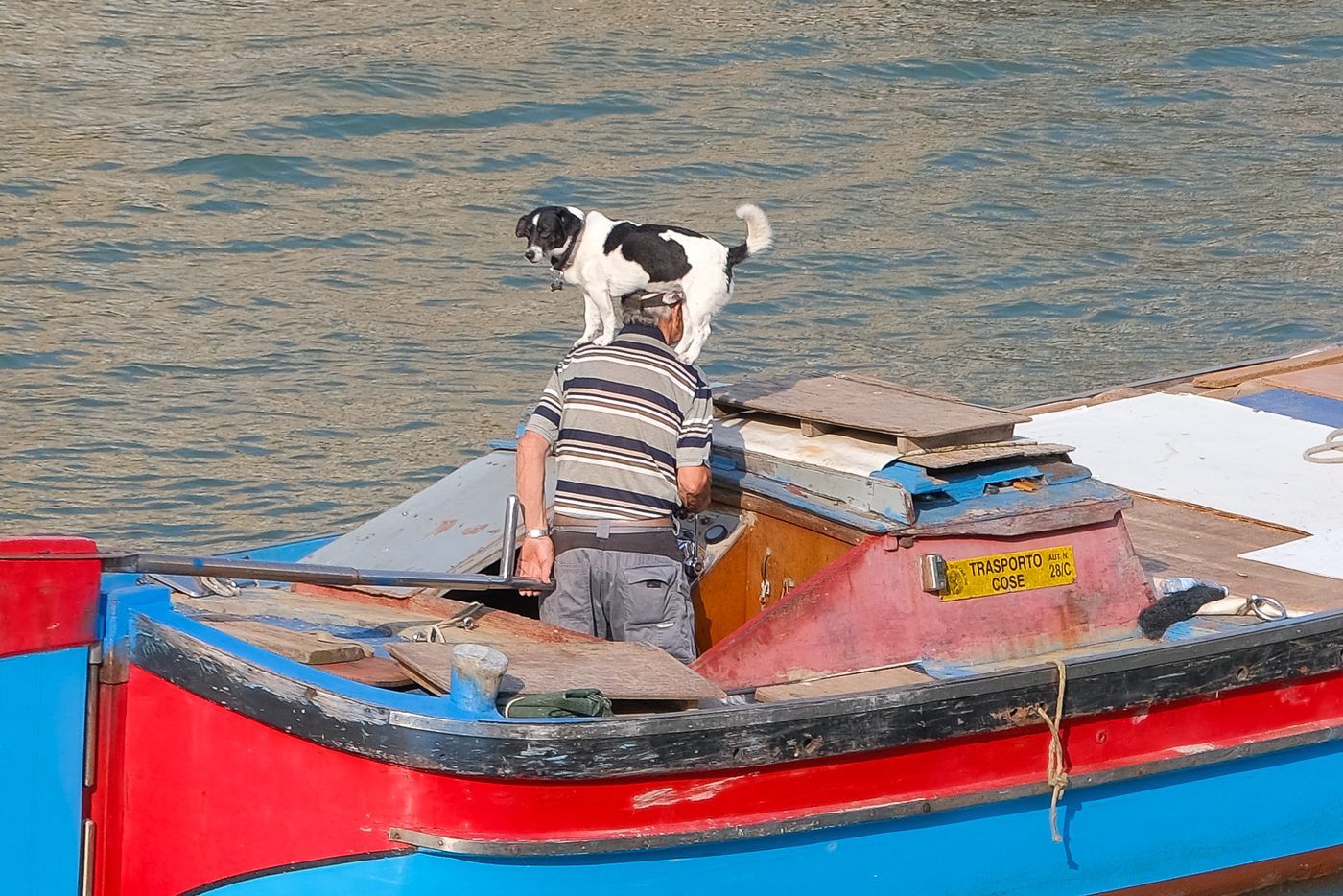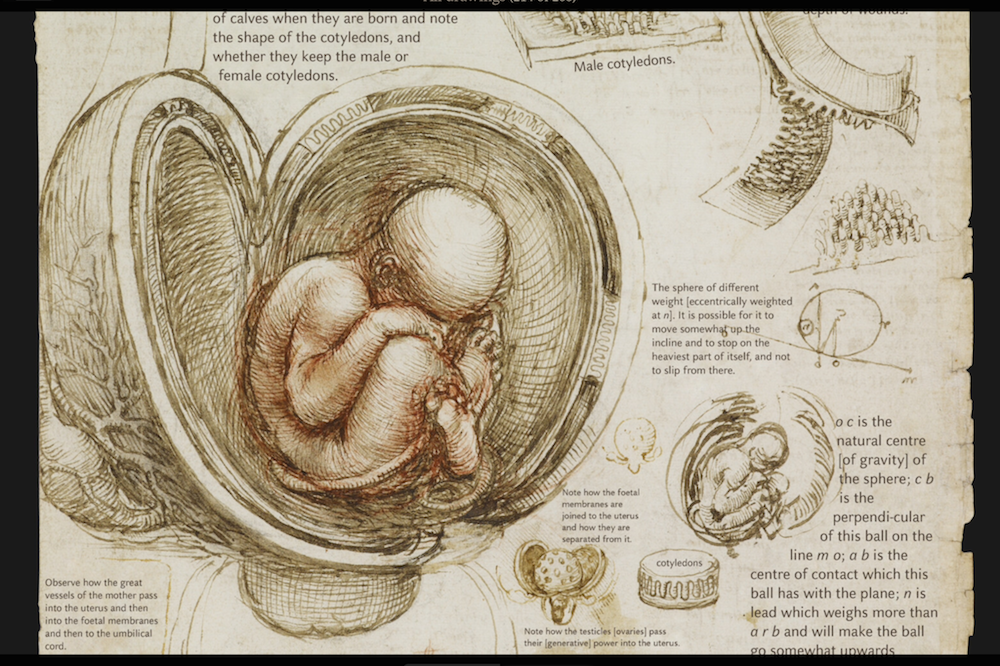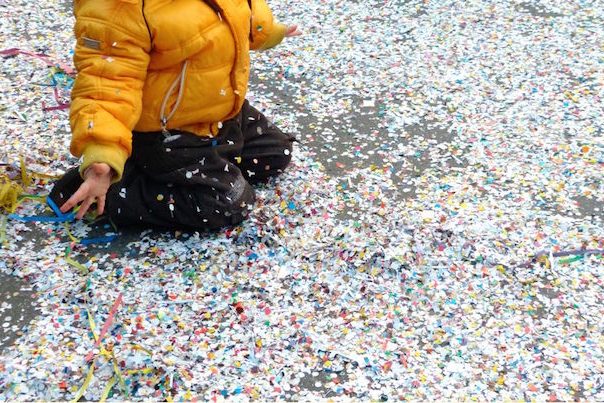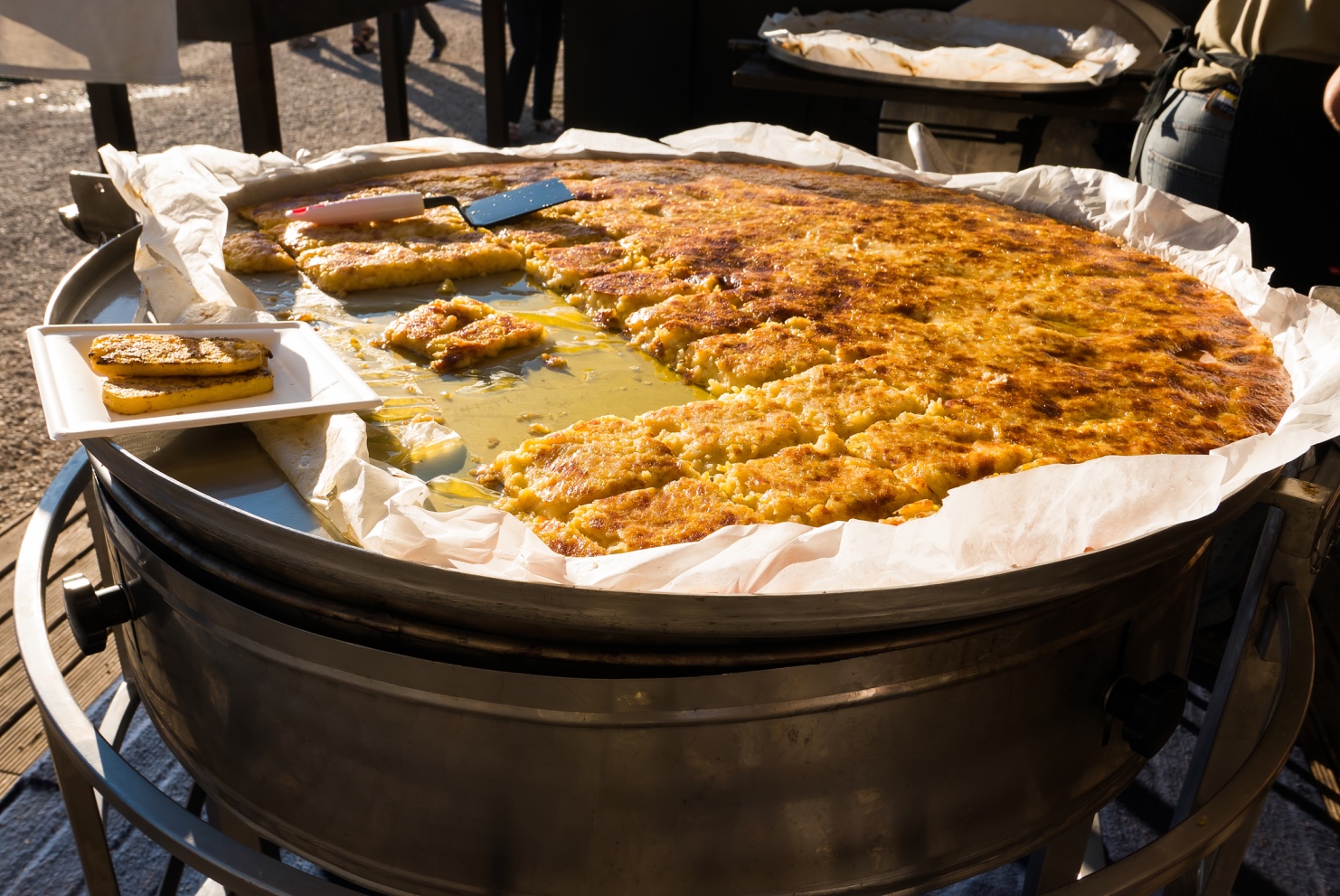The unveiling at the end of this summer of a large new piece of playground equipment in the park on Sant’Elena where Angelina and Brad used to take their kids during the filming of her movie The Tourist, reminded me once more of some significant differences that remain between Italian and American life, in spite of the homogenizing influence of a global economy and mass corporate culture.
Well, actually, it wasn’t literally “unveiled”. For the weeks it took to put the play structure’s many logs together, it was only partially obscured by opaque construction drapery hung upon its chain-link fence enclosure. You could peek in and watch it take shape, as many small kids impatiently did, and the only suspense for my wife, Jen, and me as it approached its final form was wondering when exactly the builders would realize their ridiculous error.
After all, it was a mistake so obvious as to be comical in a perverse Addams Family kind of way. In which the funny thing is how thrilled the Addams parents are to see their two young kids playing with, say, a real full-scale razor-sharp guillotine.
For Jen and I agreed—in a shared assumption that revealed our American origins even more clearly than the accents of our spoken Italian—that the blueprints certainly did not (could not) dictate that a series of steel rings along which a hanging child is supposed to propel herself be suspended from their short chains at a great height. The distance from the rings to the ground had to be at least 8 1/2 feet. Meaning that for a five year old of, say, 3 feet 7 inches in height, dangling from fully extended arms, the drop would be about 4 feet!
At the age of 18 I sprained my ankle and tore ligaments while turning it from a shorter drop.
Yet when the chain-link barrier was taken away, there were those rings just where we’d marveled at them all along, gleaming in the sun above an ankle-breaking abyss.
In Park Slope, Brooklyn, where we used to live, there would have been 150 lawsuits filed over those rings while the chain-link enclosure was still in place (“reckless potential endangerment”). There would have been outraged flyers taped to the front door of every neighborhood building and a tsunami of indignant posts that would have crashed the message board of the Park Slope Parents website.
Here, however, no one even seemed to notice the rings.
As I passed by the park one afternoon right after the play equipment was opened to kids I came upon a Venetian friend there with his 19-month-old son. “Quite a piece of equipment,” I said. He nodded. I pointed to the rings and asked, “Do those seem a little high to you?”
“No,” he replied.
“In America,” I told him, “they’d never be allowed in a playground. They’d be considered much too dangerous.”
He looked truly shocked by this. “Too dangerous?” he asked, disbelieving. I nodded. He made a face that suggested there was no end to how ridiculous people could be. Then, after a couple of moment’s thought, he said, “But the kids will figure out how to deal with them.”
When I arrived home I found that Jen had had essentially the same conversation earlier in the day with an Italian mother who lives next door to us.
What I find most odd about these different national perspectives on playground equipment, though, is that Italians are not exactly easy-going when it comes to raising their kids. If certain Americans have been labeled “helicopter” parents for the way they relentlessly hover over their children’s lives, I sometimes find myself thinking that certain Italians might be termed “shroud” parents.
Influenced perhaps by their country’s myth of freedom, even the most controlling American parents tend to take pride in being rather “hands off”. The American parent hovers elusively ever-present as a drone, but trusts that constant surveillance, unceasing coercion and an obsessive control over the child’s surroundings will usually (though not always) save him or her the trouble of actually striking.
Italian parents, or grandparents, on the other hand, can quite literally be all over a child. Don’t sit on the grass (in the park)! Put your arms into this jacket I’m forcing onto you (as a small cloud passes momentarily across the sun)! Don’t even put a toe into the sea until a full 3 hours have elapsed after lunch! As the product myself of many years of Catholic education I sense the presence of the Church in this insistence on an impossible ideal of purity in which neither the parent nor child has much actual faith, so that the strictures themselves, and the authority they represent, become the whole point.
In any case, what soon became apparent in our playground was that of the many features of what in America would be called the new “Jungle Gym”, and what here is called simply il nuovo castello (the new castle)—two slides, rope walkways, various bars and inclines—the most popular one by far was what I’ve come to think of as the Rings Over the Abyss.
I walked past it one day to find a half dozen kids of various sizes lined up on the platforms at either end, waiting their turns. I paused to watch, just in time to see a boy of about 5 or 6 years of age set out on the rings with the encouragement of two Venetian grandmothers (one of whom I know a bit). These are the kind of women who are prone to slam shut the lone open window in an airless vaporetto on an 80 degree summer day for fear that they themselves or their grandchild might be struck by a colpo d’aria (blow or blast of air) and develop pneumonia. But on that particular day as the boy’s feet dangled some four feet above the ground they shouted advice: “Push, push!” and “Use your body!”
I’ll admit that as they shouted all I thought about was the fragility of the boy’s little ankles at such a height. But it turns out I needn’t have worried. When he dropped—as he must, for he didn’t have the upper body strength to make it across—in the middle of trying to swing his body forward (as encouraged), his feet flew out from beneath his body and he landed with a great air-expelling UUUUMPH on his chest.
The grandmothers both leapt a couple yards toward the scene of the accident and I’m afraid that, even as I gasped, the word LAWSUIT! lit up in my mind’s eye like JACKPOT! On a Vegas slot machine.
But the boy was okay. He looked stunned for a moment there on the thin layer of wood chips that are supposed to pad such falls, and didn’t exactly spring to his feet, but he didn’t cry and didn’t seem concussed and the grandmothers, after seeing this, didn’t make much of the incident. The boy returned to playing—though not to the rings—and the grandmothers to shouting advice at other young daredevils.
Jen says she likes the rings, and I suppose I do, too. She cites articles by Waldorf educators that suggest kids today don’t have enough danger in their play. Not Addams-Family-let’s-stick-our-heads-in-a-real-guillotine danger, of course, but age-appropriate equipment to test themselves on or against, to challenge themselves physically, and mentally. Overly-controlled play is not play, regardless of what style of control is being exercised.
A little online research revealed that America’s National Safety Council recommends that playgrounds be covered with a 12-inch layer of impact-absorbing wood chips. I’m sure this a good idea, but we have nothing like that amount of ground cover here.
I also found that metal rings at the end of chains, regardless of how close to the ground they are set, have been eliminated from American playgrounds. It seems kids were prone to hang upside down from them by their feet. In America this use of the rings was considered a serious safety hazard. Here, in the words of the father I spoke to about the rings, I guess it’s just another way that kids might figure out “how to deal with them.”
A couple of weeks after kids began playing on it, a flyer about il nuovo castello appeared on the community bulletin board beside the playground. Uh-oh, thought my American self. But the flyer wasn’t the outraged complaint I expected (on an island where outraged complaints are never in short supply), but a public invitation to celebrate. Over 600 signatures had been collected to encourage the city to replace the large old slide it had removed from the park last spring and the city actually did with this splendid new construction!
The flyer invited residents of all ages to gather at il nuovo castello on a certain afternoon to enjoy “merenda per bambini e aperitivi per i genitori” (snacks for kids and drinks for adults).
Those aperitivi at children’s events, by the way, mark another significant (and welcome) cultural difference between Italian and American culture. But that’s a whole different subject.
For more about living in Venice, visit Steven Varni’s blog: veneziablog.blogspot.com
